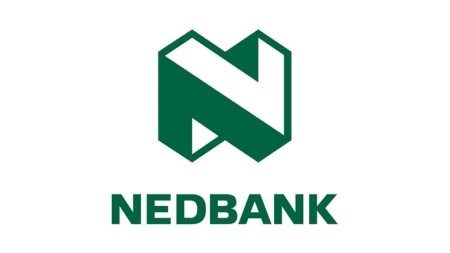A total mind shift in the behavior of occupants and property owners, be it private homes, office buildings, factories or shopping center’s, will deliver greater sustainability through the reduction of each individual’s carbon footprint.
Proving the point is how living ‘off the grid’ has taken on new meaning since increased electricity tariffs of 20% and more crippled many households during tough economic times. While it has shown that human behavior can change when necessary, reduced electricity consumption is only one aspect of sustainable living.
The number of options available in reducing carbon footprints of those occupying houses, apartments and informal settlements are endless. These range from planning and building new properties where being mindful of the environmental impact of every element of the process not only reduces greenhouse emissions but can also produce long term financial savings. Another option is the under estimated, yet positive impact of retrofitting of existing buildings, where the combination of changed behavior of occupants and energy saving measures are implemented.
At the Green Building Council of South Africa’s (GBCSA) fourth convention in Cape Town last week it was evident that as global green economies are being mobilized, innovation for greater sustainability is being encouraged. The GBCSA promotes green buildings as those which are both energy and resource efficient, and environmentally responsible. Such buildings incorporate design, construction and operational practices that significantly reduce or eliminate its negative impact on the environment and its occupants.
Unlike other countries such as the UK, Europe, US, and Australia where green building laws, carbon taxes and tax incentives have been in existence for sometime, and although a number of processes are in place with new legislation under way, SA’s property industry is still in the infant stages of sustainable design, construction, and occupancy.
In addition to the GBCSA’s existing green star rating tools for commercial buildings available to qualified green building professionals such as architects, engineers, builders, landscape architects, and horticulturists, it has just launched its first rating tool that applies to a sector of residential property. The GBCSA Multi Residential Green Star Rating tool will assess the environmental attributes of new multi unit residential developments as well as major refurbishments and conversions in this category.
It will include developments of three or more dwelling units, common property, shared services and infrastructure among dwellings and an applicable management entity such as body corporates and home owner’s associations. The good news is that although there is no official rating tool for free standing houses as yet, any of the green building principles can be applied when building a new home or retrofitting an existing property.
‘Doing as you preach’ was seen in GBCSA Executive Chairman Bruce Kerswill’s presentation of the sustainable building process of his family home in Newlands. Firstly, the two year project was executed in the absence of any powered machinery, but rather as a labour intensive process through which labourers were upskilled. Building preparation illustrated the recycling of the existing building’s demolition where old fittings were donated, timber was re-used, bricks were cleaned and re-used, concrete was crushed and re-used, large trees were donated and vegetation was removed, stored and re-planted. Another creative sustainable living solution in the house is gas piped into the kitchen for cooking purposes through the production of methane in a bio-digester from blackwater, foodscraps and animal excrement. Another example is rainwater harvesting and storage for daily consumption while greywater is recycled for toilet flushing and irrigation. All wood was sourced from sustainable and certified forestry sources and only certified building materials were used.
Living a greater natural and self-sustainable lifestyle will aid the process of preserving a greener planet.



